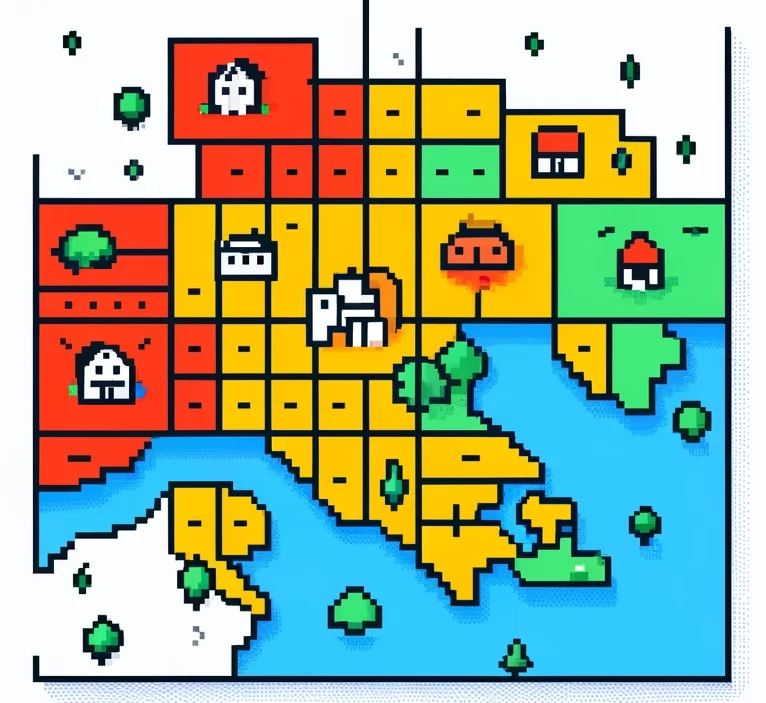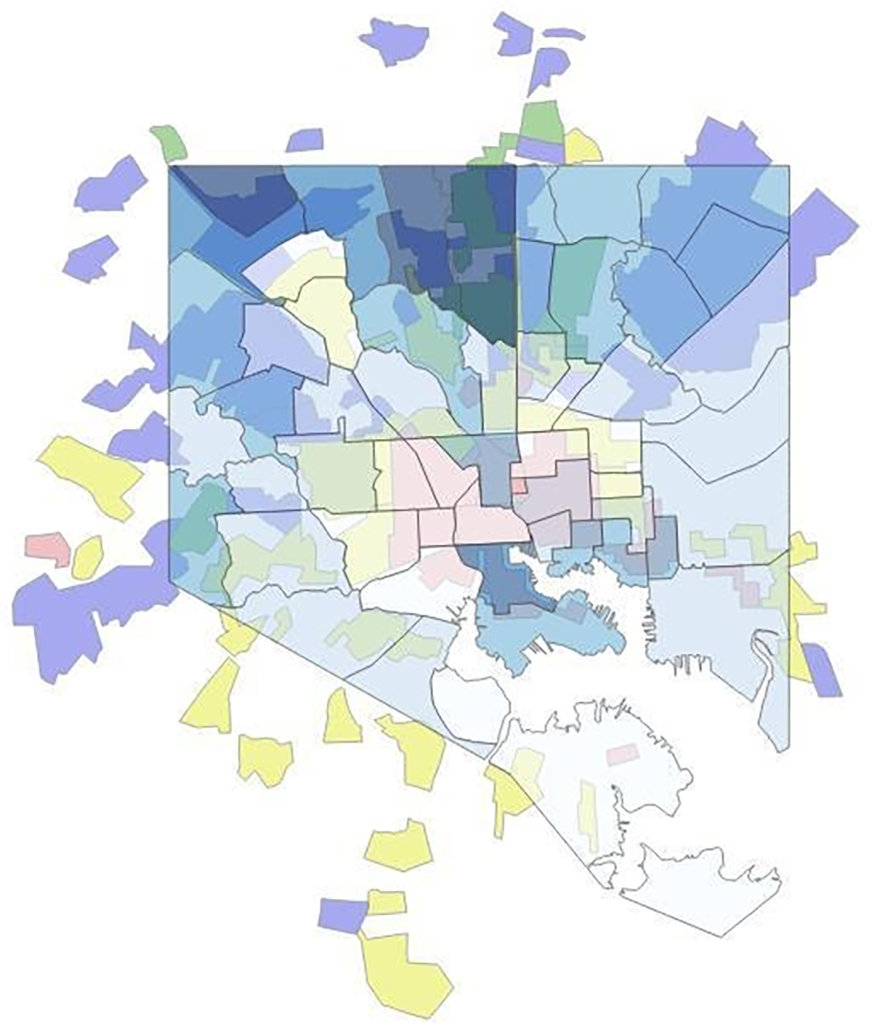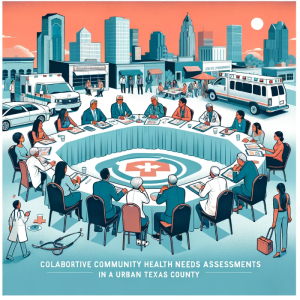
The Shadows of Redlining: A Look at Baltimore’s Historical Policies and Their Impact on Health Today
Imagine living in a neighborhood that, decades ago, was deemed “undesirable” due to discriminatory practices. This isn’t just a relic of the past but a reality that still affects many today. A recent study published in PLoS ONE delves into the enduring effects of redlining in Baltimore, revealing a startling link between these historical policies and current health disparities.
What is Redlining?
Redlining began in the 1930s when the Home Owners’ Loan Corporation (HOLC) graded neighborhoods for investment risks based primarily on racial composition. Neighborhoods with a high proportion of African American residents were marked in red as “hazardous” and often denied mortgage loans or investments, a practice that entrenched racial segregation and economic disparity.
The Study
The study analyzed current health data from 54 community statistical areas in Baltimore, comparing them to historical HOLC classifications. Researchers found that areas historically categorized as “hazardous” or “definitely declining” have significantly lower life expectancies today, even when accounting for median household income and the proportion of African American residents.
Health Impacts of Redlining
The analysis indicates a clear pattern: neighborhoods suffering from past redlining show a decrease in life expectancy by up to 5.23 years. These areas also exhibit higher mortality rates in younger adults and seniors, linking prolonged exposure to poor living conditions and limited access to health resources directly to redlining.

HOLC redlining map republished from Nelson RK, Winling L, Marciano R, Connolly N, et al. Mapping Inequality. n.d. [cited 2017 Nov 6]. In: Nelson RK, Ayers EL, eds. American Panorama [Internet]. Richmond: University of Richmond Digital Scholarship Lab. Available from: https://dsl.richmond.edu/panorama/redlining/#loc=11/39.293/-76.808&city=baltimore-md under a CC BY license, with permission from University of Richmond Digital Scholarship Lab, original copyright 2016.
Visual Aid: The Link Between Redlining and Health
[Insert a simple cartoon image illustrating a map of Baltimore with areas color-coded according to the historical redlining grades, overlaid with icons representing health indicators such as hospitals, parks, and pollution.]
The Broader Context
The implications of this study are profound, shedding light on how institutionalized racism from nearly a century ago continues to influence health outcomes today. Discussions around structural racism in housing, such as those ignited by Ta-Nehisi Coates’ “The Case for Reparations,” underline the urgent need to address these historical injustices.
Engaging the Reader: What Can We Do?
Understanding the history and ongoing impacts of redlining is crucial. We can advocate for policies that address these disparities, support local initiatives that aim to improve health in underserved areas, and continue to educate ourselves and others about the importance of equitable investment in all communities.
Conclusion
The shadows of the past loom large over present-day Baltimore, but knowledge and action can bring light. This study not only contributes to our understanding of how deeply embedded racial injustices are in our societal fabric but also calls us to action in dismantling these structures.
Empower Your Public Health Journey – Subscribe and Transform!
Unlock the transformative power of knowledge with ‘This Week in Public Health.’ Each issue is a treasure trove of insights into crucial research, community health achievements, and advocacy strategies. Don’t just read about change – be the agent of it. Subscribe for free and start making an impact with each edition!
About the Author
Jon Scaccia, with a Ph.D. in clinical-community psychology and a research fellowship at the US Department of Health and Human Services with expertise in public health systems and quality programs. He specializes in implementing innovative, data-informed strategies to enhance community health and development. Jon helped develop the R=MC² readiness model, which aids organizations in effectively navigating change.



